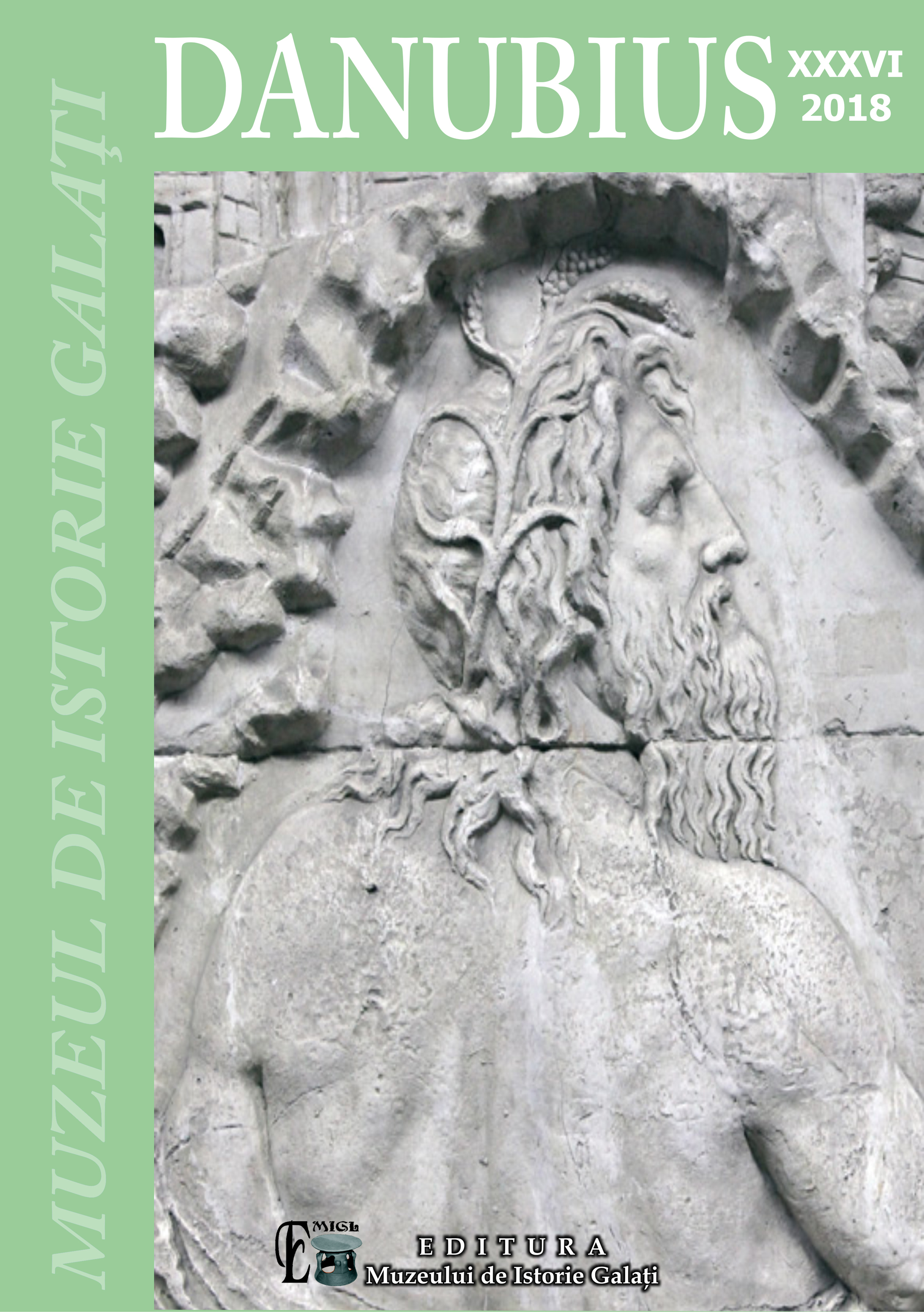Scurtă istorie a unui muzeu bucureştean. Casa-muzeu Furnică-Minovici
Short History of a Museum from Bucharest. Furnică-Minovici House-museum
Author(s): Costel CioancăSubject(s): History, Cultural history, Local History / Microhistory
Published by: Muzeul de Istorie „Paul Păltănea” Galaţi
Keywords: "history"; "Bucharest"; "art"; "house-museum"; "Furnică-Minovici";
Summary/Abstract: Among the museums of the capital of Romania, there is an architectural monument of elevated uniqueness, both through its style and through the refined execution of the details and authenticity of proportions – The Ing. Dumitru Furnică-Minovici Old Western Art Museum.Situated in Băneasa, a particularly picturesque zone of Bucharest, the museum was founded by the one whose name it bears, and later donated to the Romanian Academy, on 4-th of June 1945. Dumitru Furnică-Minovici (1897-1982) belonged to a family of eminent scholars, whose name is linked with remarkable achievements in the scientific, cultural, and town planning fields. Thus, one of his uncles, Dr. Mina Minovici, was the founder of the Romanian school of forensic medicine and of the Medico-Legal Institute, corresponding member of the French Academy, decorated with the Legion of Honour in the rank of Commander. Another uncle, Dr. Nicolae Minovici, professor at the Universities of Cluj and of Bucharest , is the founder of the Folk Art Museum housed in the famous ,,villa with small bells”, of the Emergency Hospital, and of the Ambulance Service of Bucharest. The family background influenced the development of the young engineer, drawing him equally near to the useful and to the beautiful. Dumitru Furnică-Minovici graduated as a chemical engineer at Toulouse and continued to specialize at the École du Petrole, in Paris. A trained engineer, Dumitru Furnică-Minovici, was director of the foreign branches of the Romanian „Creditul Minier” company, with headquarters in Vienna, a position he held from 1927 until 1947. An inherited family passion made him extremely receptive to the fine arts; he came in contact with them in the European museums and art galleries he frequented. He kept in touch with outstanding artistic personalities of his time and he was a friend of the sculptor Antoine Bourdelle and of the painter Marcel Lenoire. Neither did he avoid the art auctions held in his time, nor the antiquity shops. Thus, having started by collecting ,,objects d`art”, he finished by building this house.It was erected in the English gothic style of the Tudor period, with quietly pointed arches and numerous superposed and adjacent windows, thus solving the lighting of the interiors. Most of them are provided with XIIIth – XXth centuries stained glass window-panes, made in France, Austria, Germany and Switzerland.
Journal: Danubius
- Issue Year: XXXVI/2018
- Issue No: 1
- Page Range: 405-422
- Page Count: 18
- Language: Romanian

